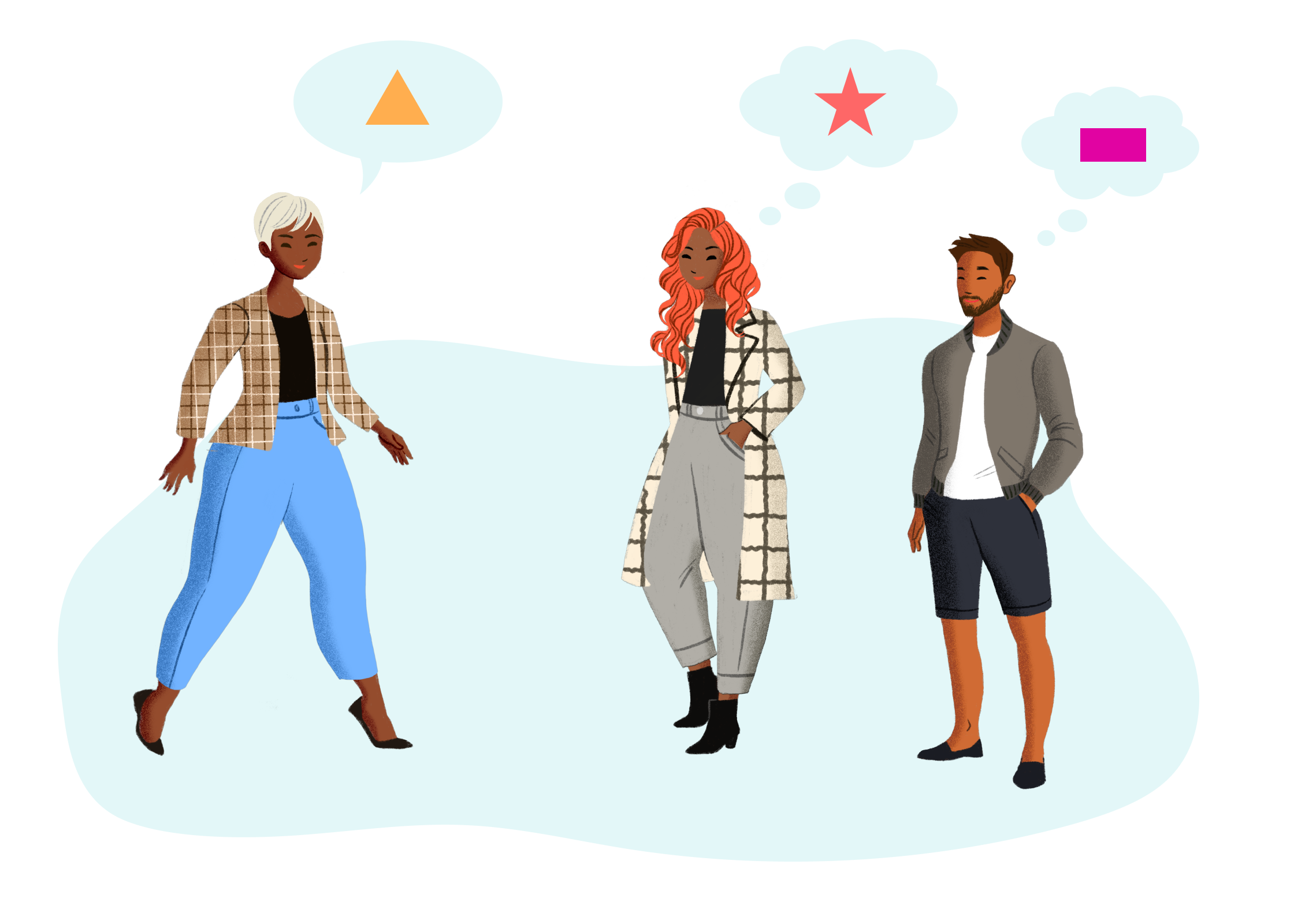Dear Designer: You Don't Need to Have All the Answers
Dear Designer,
You’re working on a project and the team is aligned on the customer problem to be solved, the business value, and success criteria. The project has moved into the solution exploration phase, and now the ball is firmly in your court. The whole team is looking to you to come up with a solution. A stroke of genius the likes of which the world has never seen! The success of this entire project rests on your shoulders. In the words of Ru Paul, Don’t fuck it up!
Feeling the pressure? I bet you are. Well I’m here to let you in on a little secret. Ready? Come closer so it’s just you and me…
You don’t need to have all the answers.
That’s right. You don’t need to answer every question that comes up during the design process. A little known secret about design is that it’s a team sport. You’re going to face a million decision points along the way. Decisions that impact not only the user experience, but also the data model, backend and frontend architecture, customer adoption, project timelines, marketing messaging, sales demos, support docs, and more. Decisions that you can’t possibly have all the information or expertise to make alone.
If you aren’t answering all of these questions, then what are you doing here? Why are you even on the team?
Don’t despair. Your role is to guide the team to the best answer, together. Draw out knowledge and ideas from all of your cross-functional peers.
Take those ideas and give them form. It doesn’t matter if you came up with the idea or not. It doesn’t even matter if you like the idea. Put your ego aside. You’re not a bad designer if someone else has a better idea than you. Make them all real as quickly and cheaply as possible. That may be lo-fi mockups, written scenarios, flowcharts, clickthrough prototypes, boxes and arrows, or something else. The method you choose doesn’t matter. Just give them form, quickly and cheaply.
That last part is the true super-power of designers: giving concrete form to abstract ideas.
When you talk about ideas in the abstract, everyone will have a different image in their head of what that is. There’s a lot of room for misunderstanding and ambiguity.
 She’s describing one thing, but everyone is imagining something different. Illustrations from fresh-folk.com, created by Leni Kauffman. Composition, speech and thought bubbles added by me.
She’s describing one thing, but everyone is imagining something different. Illustrations from fresh-folk.com, created by Leni Kauffman. Composition, speech and thought bubbles added by me.
By giving concrete form to abstract ideas, you ensure everyone is talking about the same thing. The good, the bad, and the ugly is all laid bare. It shines a light on all the gaps in knowledge and assumptions that were lurking in the shadows.
I was recently in a team meeting where a designer presented the first round of lo-fi work for a project. It was full of holes and open questions and unknowns. He certainly didn’t have all the answers. But he was open about gaps in his own knowledge and the questions this was raising for him. There were technical questions that he couldn’t answer on his own. Questions about the customer’s workflow that hadn’t surfaced. It highlighted that the team hadn’t even agreed on the conceptual model for how this feature should work yet!
He laid it all out on the table. The group had a productive discussion about what was working, what wasn’t working, and open questions for each person to answer. At the end of the meeting, the lead engineer remarked, “It was very helpful to have something concrete to look at.”
So, designer, I’m here to tell you that we don’t expect you to have all the answers. We expect you to guide the team to the best answer.
Now get out there and lead your teams to success! 💪
-Jeff
See also the story of stone soup.